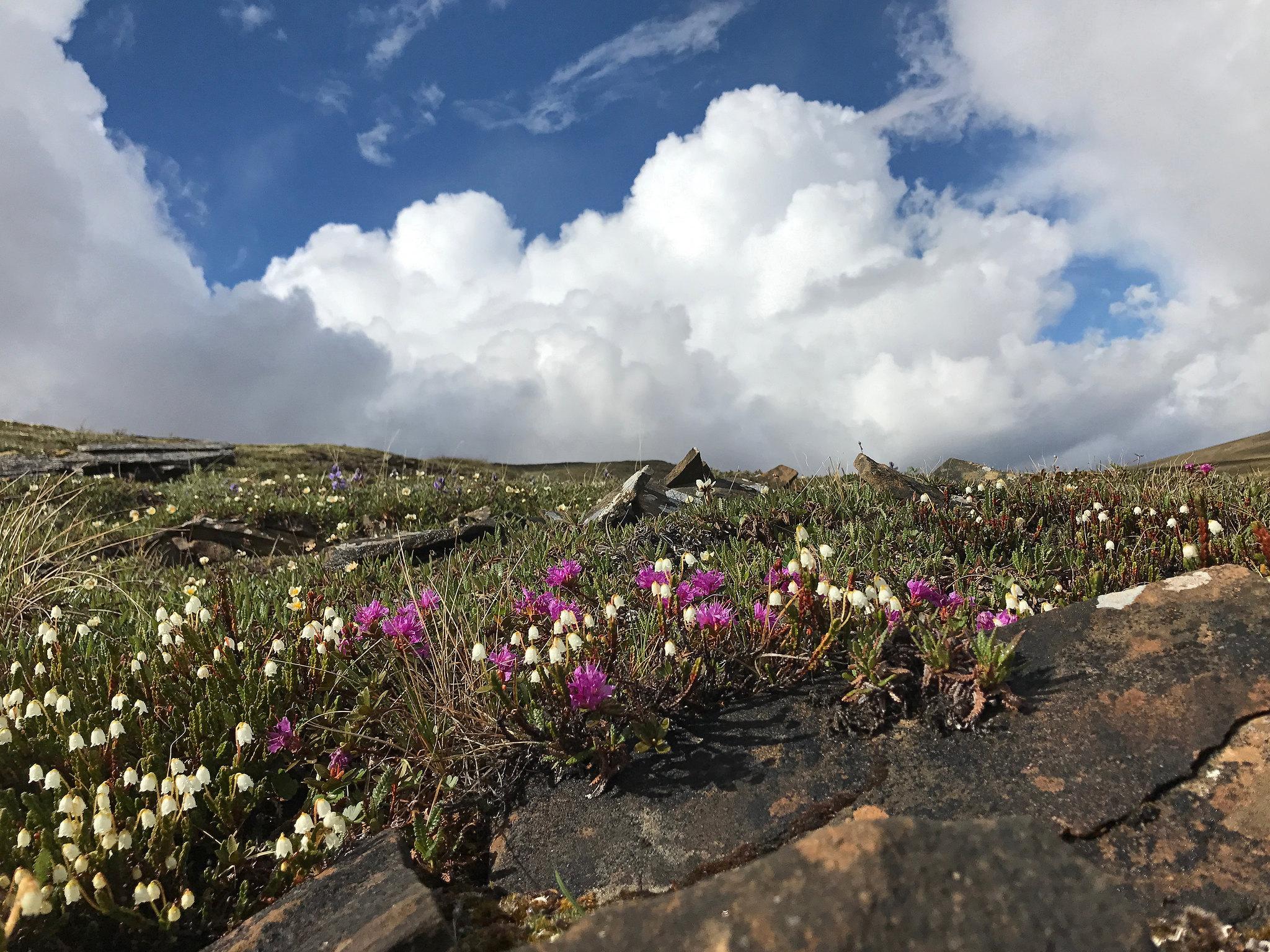
The good news, and the bad, for Alaska’s Arctic
While the Biden administration promises climate action and clean energy, and Alaska’s political leaders spout the “drill baby drill” mantra of fossil fuel dinosaurs, Alaskans and people around the world face enduring threats to their health, ways of life, and homes at the hands of industrialization and climate chaos. Now there’s more good bad news for Alaska’s Arctic.
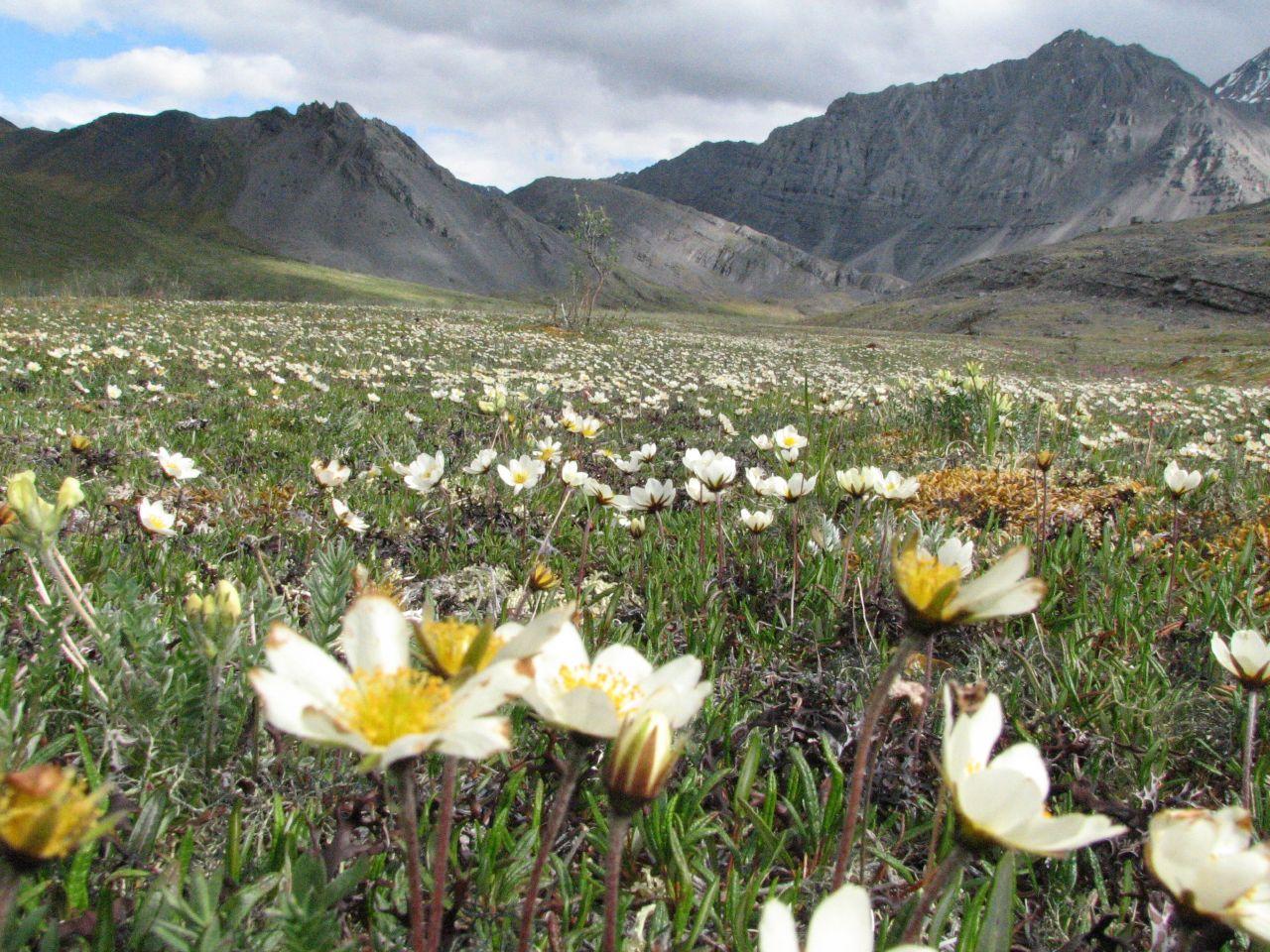
Legal decisions in the past few weeks demonstrate again that Alaska’s Arctic communities face a perilous future.
What went down on the Arctic Refuge?
On the first day of June, Interior Secretary Deb Haaland halted any oil and gas activities in the coastal plain of the Arctic National Wildlife Refuge. Actions and authorizations related to the oil and gas program for the Refuge, including those related to the leases auctioned off in January, will be suspended until her agency has completed a new comprehensive environmental analysis and full legal review of the Trump administration’s approval of that program.
This action is partly in response to a lawsuit we filed in August 2020 calling out the Trump administration for violating multiple laws when adopting a leasing program that rushed its analysis of harms, ignored science, curtailed public participation, and shortchanged Indigenous input and concerns. Secretary Haaland’s order specifically acknowledged there were multiple legal problems with the program, including those we identified in the lawsuit.
Interior’s pause on the leasing program is good news, but only another step in the right direction.
As Bernadette Demientieff, executive director of the Gwich’in Steering Committee, wrote in an opinion piece published in The Washington Post, “The Biden administration has taken a first step by suspending Arctic refuge leases, but for the long-term protection of the refuge, the entire leasing program must be undone. Congress must act — now.”
The Washington Post editorial board agreed, calling on the country’s political leaders to align with the majority of Americans who say we should swear off drilling in the Arctic Refuge by protecting the Coastal Plain from oil and gas once and for all.
What can you do for the Arctic Refuge?
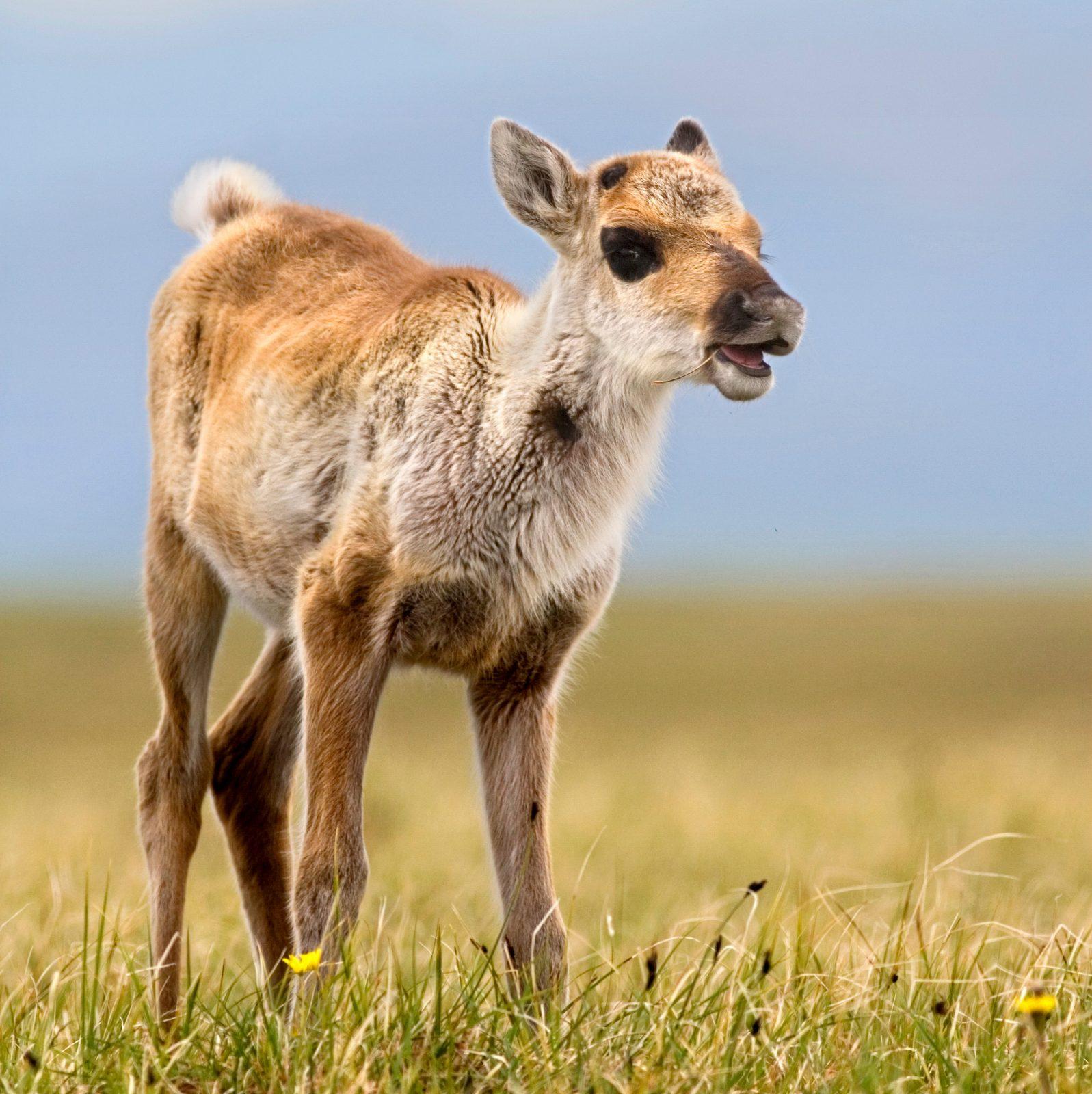
Legislators need to hear from you. Congress can fix the drilling provision that was snuck into the 2017 Tax Act and that mandates these destructive lease sales.
You can make a difference by joining the virtual Rally for the Arctic on June 24 via Zoom or Facebook and taking action alongside others.
During the rally, you’ll hear from Gwich’in and Iñupiat leaders, congressional members, and Indigenous and climate advocates.
Organizers will provide you with all the tools you need take direct, meaningful, and immediate action during the event.
Meanwhile, it’s business as usual for industry in the western Arctic
Yes, the Biden administration took a step toward protecting the Arctic Refuge, but in the western Arctic, they took a huge step backwards.
The Biden administration filed legal briefs in late May defending the legally flawed, Trump-era approval of ConocoPhillips’ massive Willow oil project. The megaproject would cause harms to a local indigenous community – as the Ninth Circuit Court of Appeals found – as well as threatened polar bears.
The briefs were in response to the lawsuit we filed in November 2020 on behalf of Sovereign Iñupiat for a Living Arctic and five allied groups.
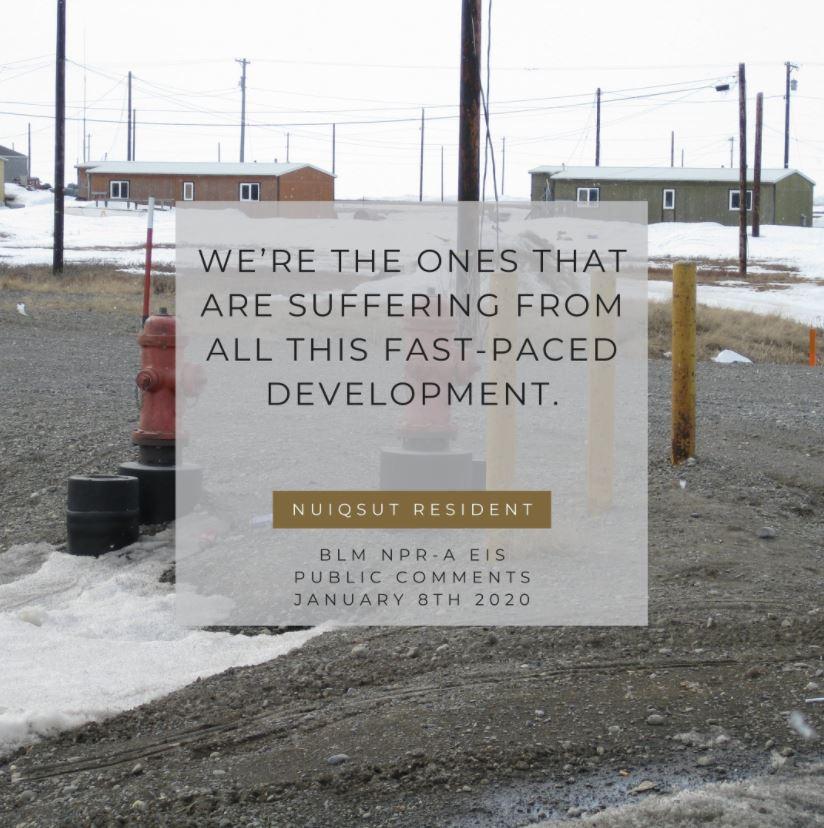
The administration’s decision to defend an unlawful decision with known harms to people and wildlife undermines the administration’s stated climate goals and demonstrates how entrenched the fossil fuel industry is in state and national politics.
The struggle is real. Seriously real.
“The Biden administration had a chance to stand with Indigenous communities in how it responded to our lawsuit, and to stop a project that will further harm our people and our climate, but they chose not to take that opportunity,” said Siqiñiq Maupin, director of Sovereign Iñupiat for a Living Arctic, in a press release. “This is especially disappointing coming from a president who promised to do better, but we’re not backing down and we will see them in court. We hope the administration changes course to stand with us and our health and right to be heard, because our lives and our children’s lives depend on it.”
Our attorney Bridget Psarianos added, “The administration’s defense of Willow goes completely against its stated promises to take immediate and effective climate action, protect biodiversity, and take environmental justice concerns seriously. Yet, the Biden administration is continuing to defend the Trump administration’s rubber stamp of the Willow project in the face of relentless pressure from ConocoPhillips and Alaska’s congressional delegation.”
Willow is a carbon nightmare that will degrade the land, water, air and food access for local communities like Nuiqsut, while blasting carbon into the atmosphere.
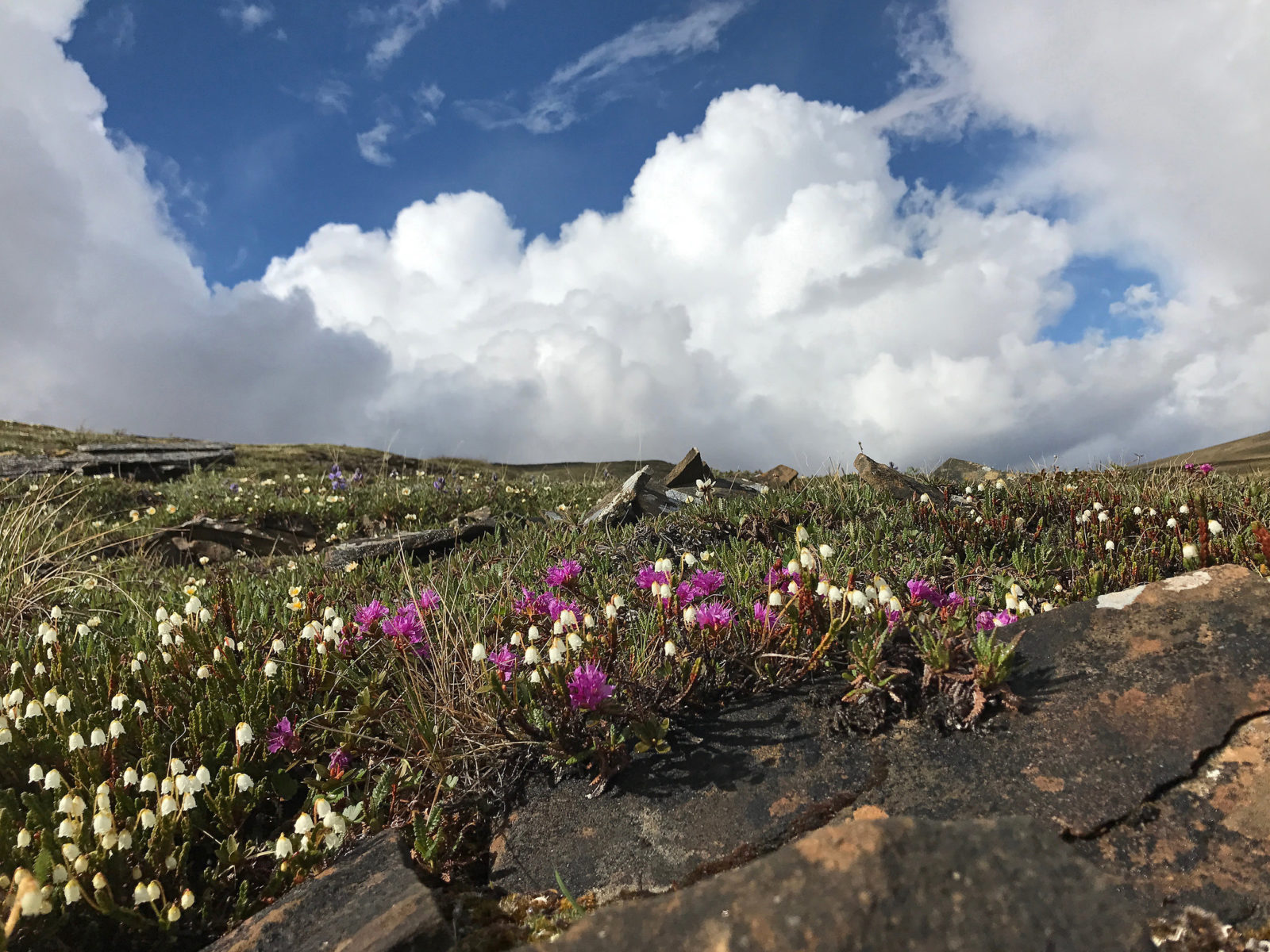
If Alaska politicians talk about the climate crisis at all, they use words like “balance” and “trade-offs” to justify turning one Arctic region into a sacrifice zone simply because a president in the 1920’s decided to call it a “Petroleum Reserve” instead of a “Refuge.” Our state representatives continue to preach the outdated belief that Alaska’s future depends solely on oil, when in fact, our future depends on reducing climate harms and building economies of care, clean energy, and a sustainable future for generations to come.
With Willow, the Biden administration’s campaign commitments to science-based decision-making failed in the face of pressure from industry and Alaska’s delegation. The health of Arctic lands and living communities demands so much more of us. It’s up to us, together, to stop allowing industry to turn places essential to our health into parcels of profit for the few—and instead to demand that those in power respect and protect the Arctic as an integrated system essential to the health of local communities and the planet.


